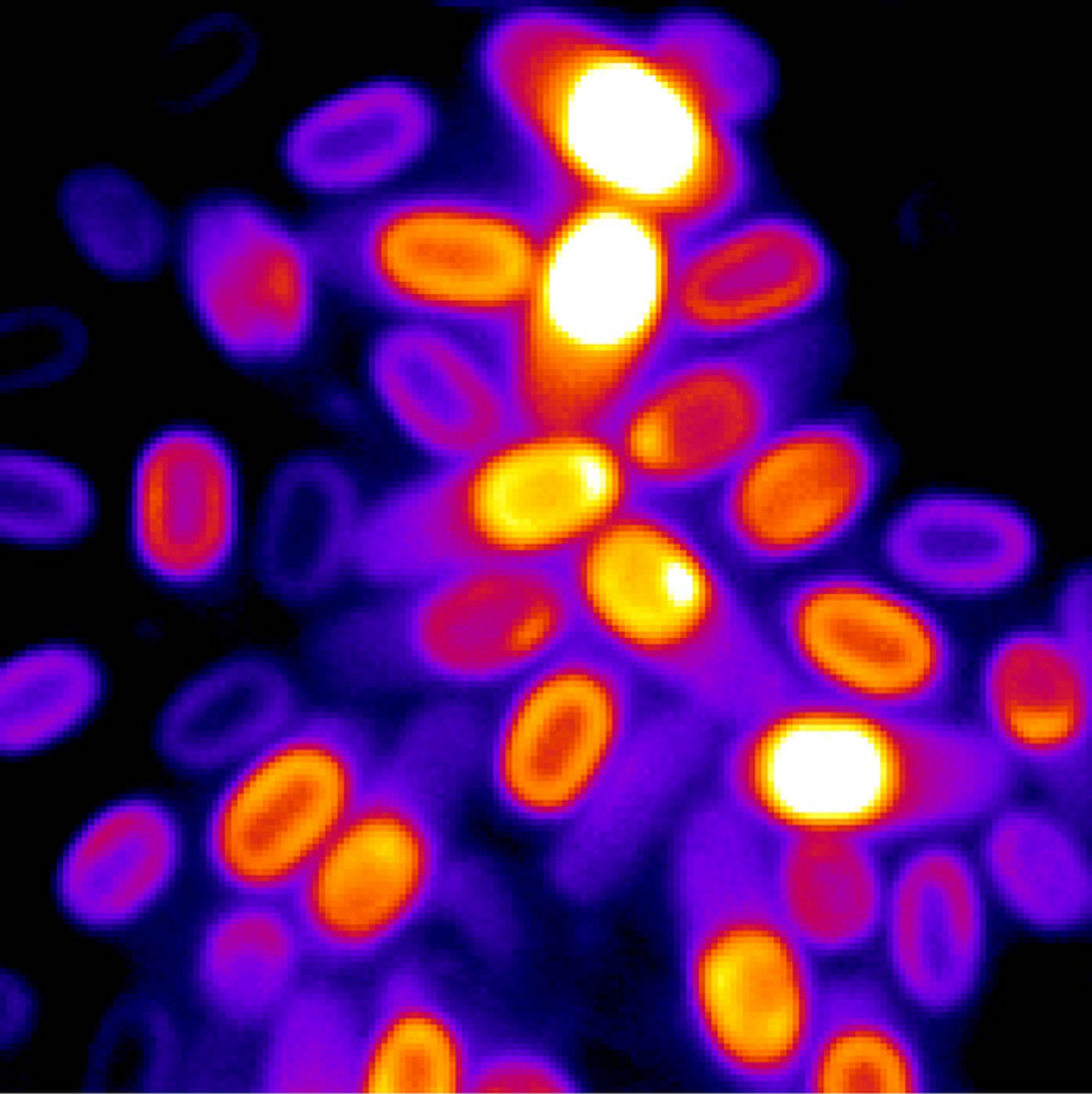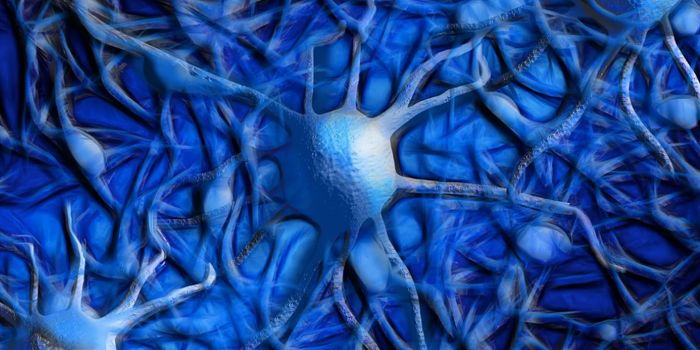Return of the Zombie Bacteria
Bacterial cells may shut down for many reasons - nutrients might have become scarce, they may be dealing with pathogens, or they may be under stress in their environment from harsh conditions such as heat or pressure. Some microbes can become dormant, and enter a state in which they become spores that can withstand the unfavorable conditions, as they are nearly dead. But when the time is right, spores can wake up, sometimes after years, and begin life anew. While we knew that spores awaken by rehydrating and getting their physiology and metabolism going again, researchers did not know how spores could sense their environment without awakening, and how they were able to differentiate between truly favorable conditions in their environment and vaguely positive signals.
Scientists have now shown that spores do indeed evaluate their environment actively while staying in a physiologically dormant state. To do so, spores use electrochemical energy that is held in reserve to recognize favorable conditions. The findings have been reported in Science.
In this time-lapse movie, electrochemical potential is color coded and overlaid on an image of one spore. Though the spore stays dormant, it can count stimuli, which are indicated by electrochemical potential changes, seen as multicolor-coded flashes. The video is by the Süel Lab/Kaito Kikuchi.
"This work changes the way we think about spores, which were considered to be inert objects," said senior study author Gürol Süel, a professor at the University of California - San Diego, among other affiliations. "We show that cells in a deeply dormant state have the ability to process information. We discovered that spores can release their stored electrochemical potential energy to perform a computation about their environment without the need for metabolic activity."
Spores are a good survival strategy for bacteria, but they can also pose a threat to human health as contamination in food and medicine.
This movie shows color-coded jumps in the electrochemical potential value of one spore, as it reacts to short stimuli. The spore inches closer to exiting dormancy with every flash, seen as the color transitions from deep purple to yellow. The video is by the Süel Lab/Kaito Kikuchi.
Dormant Bacillus subtilis spores were able to detect short signals, and could count each small input. Once a certain threshold was reached, they exited dormancy and restarted biological activity. The microbes use an integrate-and-fire mechanism, which is based on the influx of potassium into the cell from its environment. Spores could respond to favorable signals even when they were short. A bit of potassium was stored and summed up, for the spore to decide whether it would exit dormancy.
The researchers noted that this work has changed the idea that spores are in dormant states that are like being dead. It may impact how researchers assess spores that might be found on space missions or meteors.
"This work suggests alternate ways to cope with the potential threat posed by pathogenic spores and has implications for what to expect from extraterrestrial life," noted Süel. "If scientists find life on Mars or Venus, it is likely to be in a dormant state and we now know that a life form that appears to be completely inert may still be capable of thinking about its next steps."
Sources: University of California - San Diego, Science









